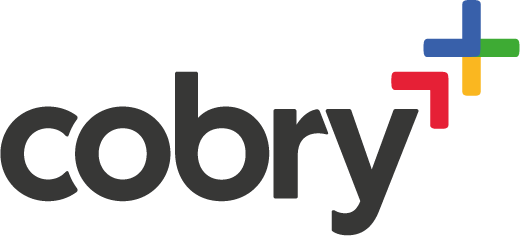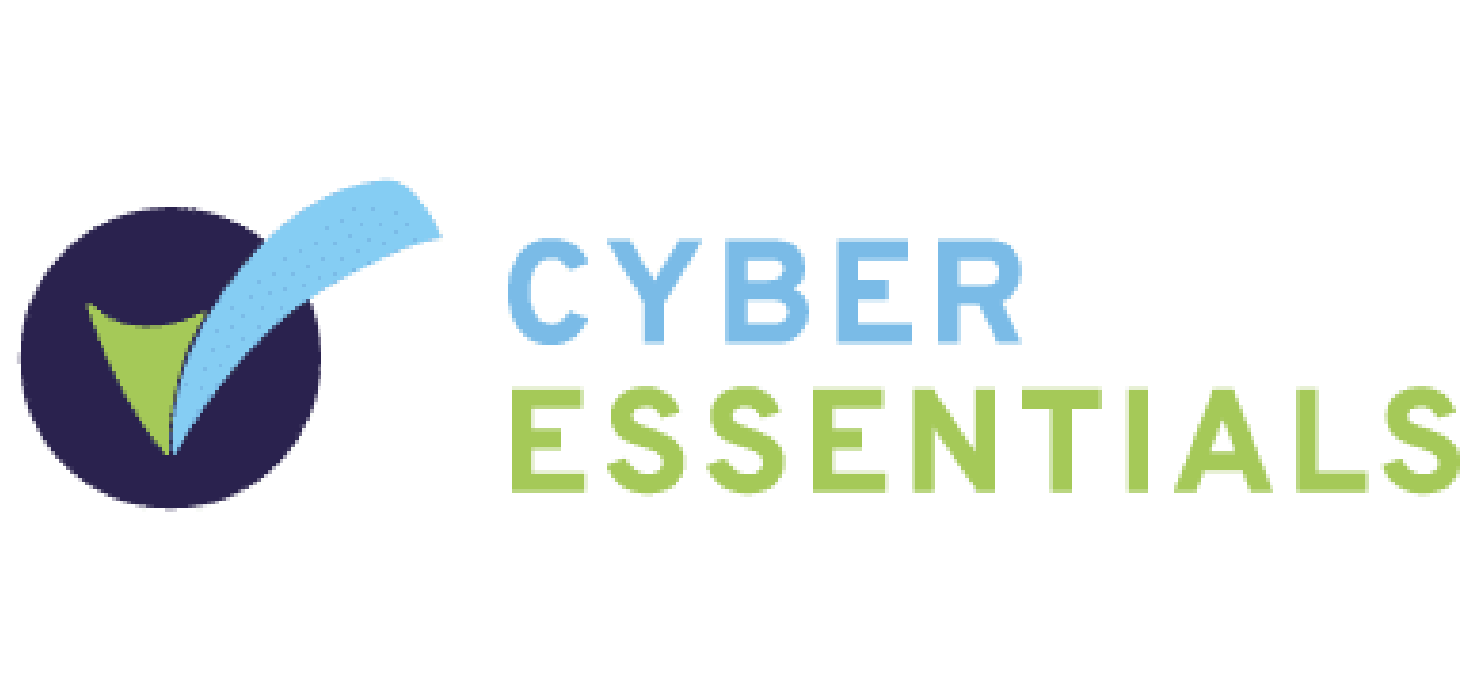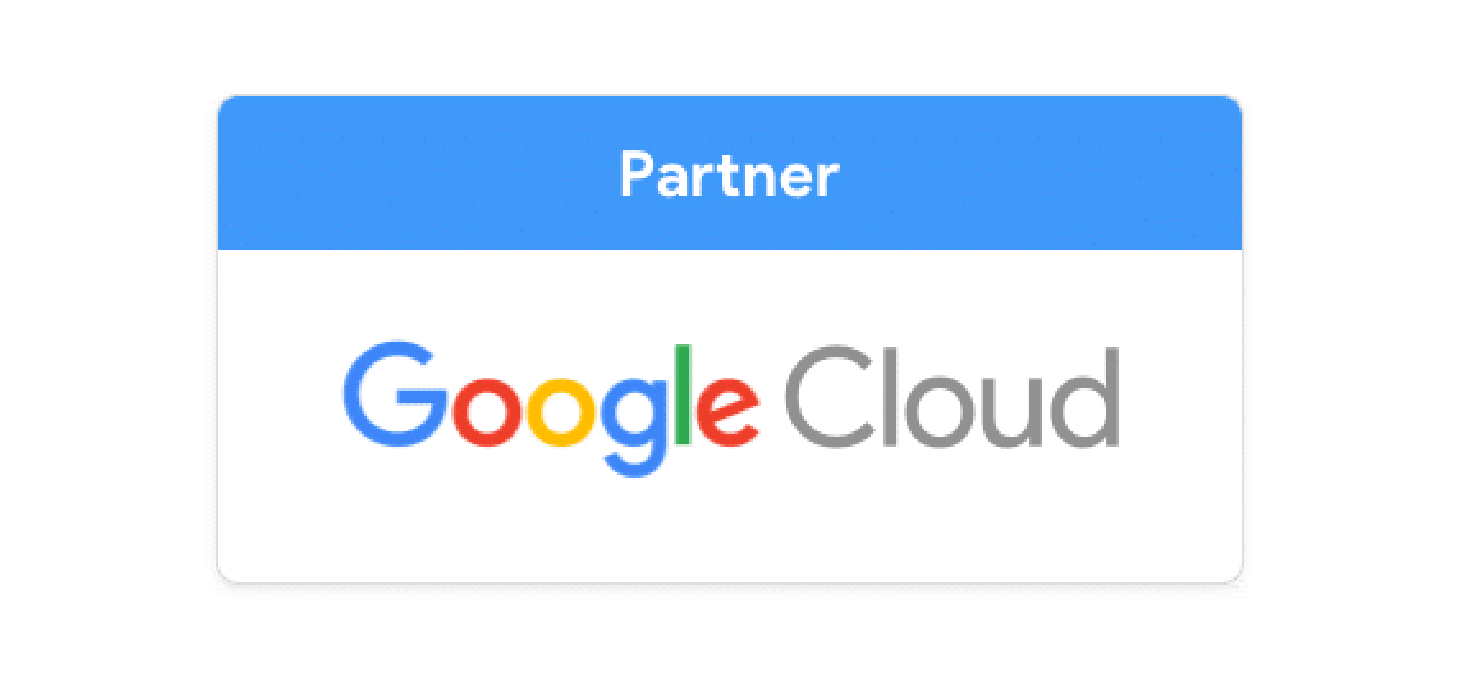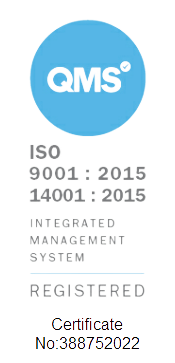You can watch the highlights from Google IO here.
Here are the key takeaways:
- Bard is going to be able to see things within your organisation for contextual responses
- Bard will now also be able to cite sources (Google Drive files and Emails) when giving those contextual responses
- Bard will be integrated into the sidebars of Docs, Sheets, Slides and Gmail, at the very least.
- Bard will be integrated as a writing assistant in Docs and Gmail.
- Bard is getting much smarter, thanks to PaLM 2!
Bard is coming to Google Workspace!
Bard is going to be fully integrated into the Google Workspace ecosystem. We got a demo covering a few features - let’s dive into them!
Duet AI
Bard has been great, but it didn’t know much about what’s happening within your organisation. Things like your customers, projects, systems and processes. It was good to ask Bard general questions but nothing specific. That’s all about to change.
Google is going to know exactly what’s inside your organisation. they call it ‘contextual collaboration’.
Google Docs
In the Google Docs demonstration, we saw the presenter generate the continuation of a story using Bard within Google Docs. Bard was able to pick out the context within the document and continue generating the story. There were other use cases shown about how the Duet AI can answer questions in docs, too.
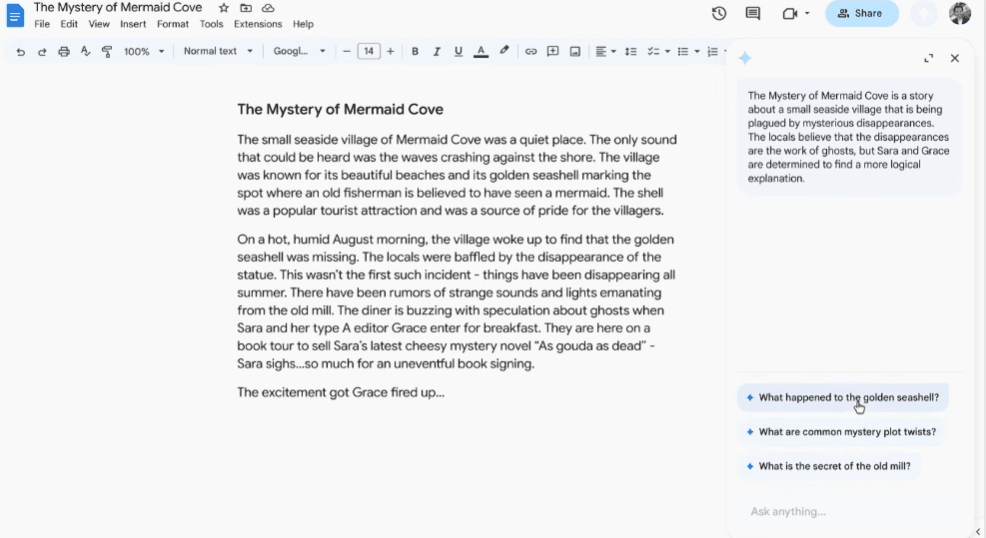
Gmail
Another great feature that was demonstrated was the Gmail integration. Bard demonstrated contextual knowledge about the user's organisation by pulling in sources from organisational files. When discussing a project, Bard will be able to pull in invoices, and project plans, among other things, to craft replies to your clients or suppliers.
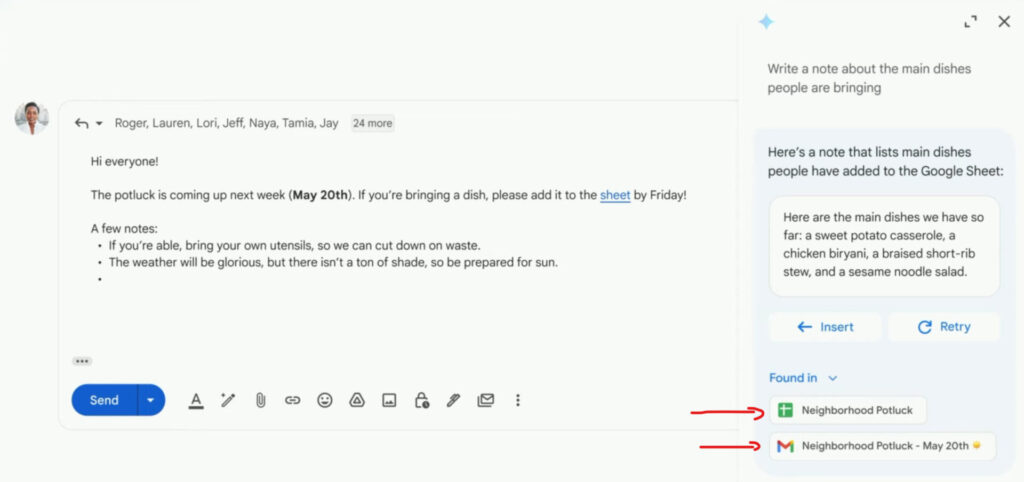
Google Slides
We got a small sneak peek into how Bard can also help you with creativity in Google Slides. We saw the presenter ask Bard to generate speaker notes for the slides, and it automatically generated them and appended them to the correct slide. We know that the integration goes beyond just having Bard in a sidebar. Bard also knows how to use the tools to help you out the best it can.
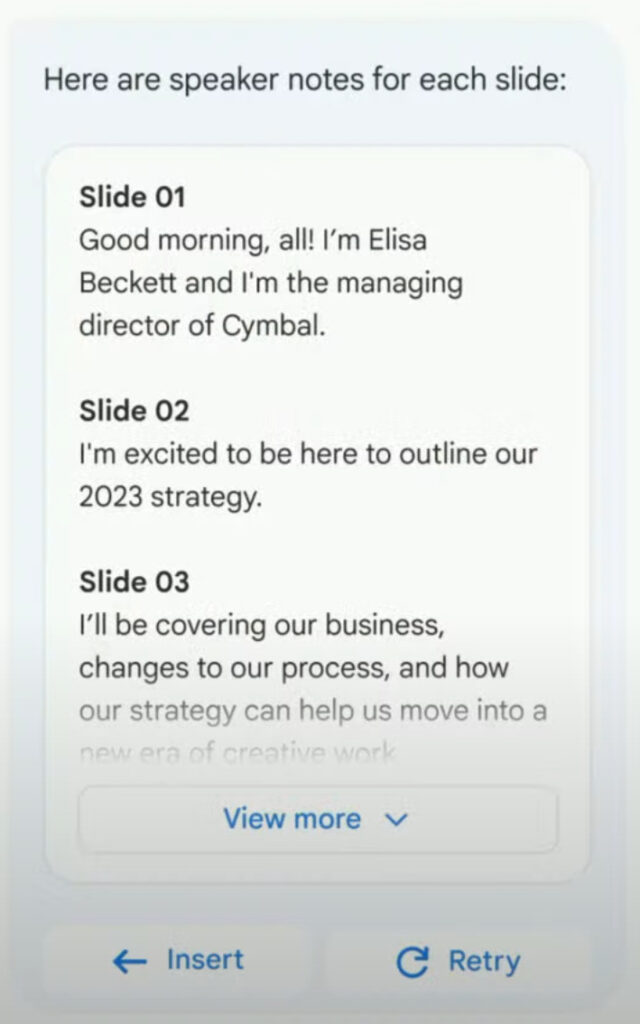
Help me! AI
Another ‘part’ of the new AI offering seems to be the “Help Me” AIs. These are less about being your collaborator within the context of your organisation and more about helping you do things within the context of where you are, such as Gmail or Docs.
Help me write in GMail
Sundar Pichai demonstrated how the ‘help me write’ button can help you formulate responses in Gmail. The demonstration used the prompt “ask for a full refund for this cancelled flight” to generate a response to an email sent by DF Airways.

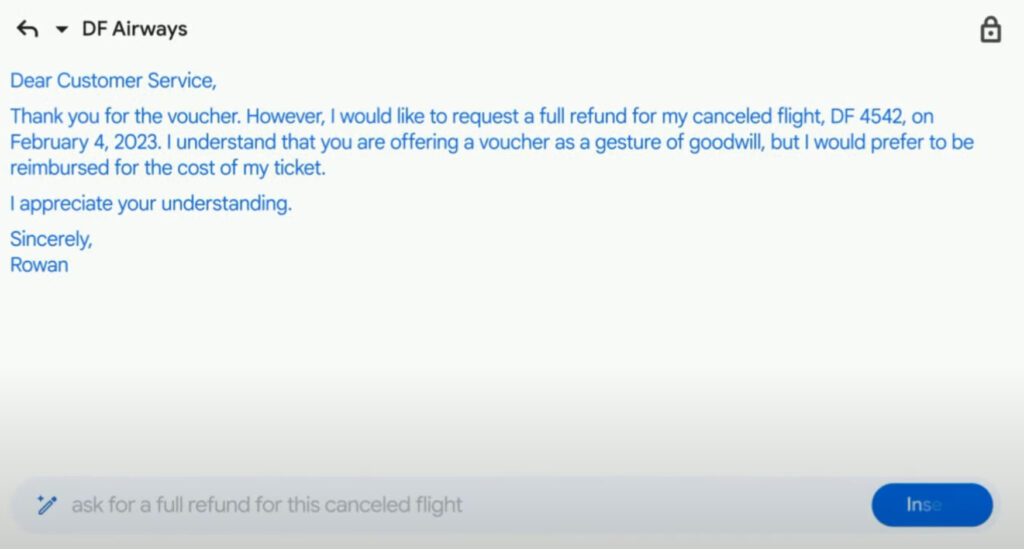
Help me write in Docs
We also saw how “Help me write” created a full blog post within an empty Google Doc based on a simple prompt. This brings Bard out of your sidebar and straight into the document.
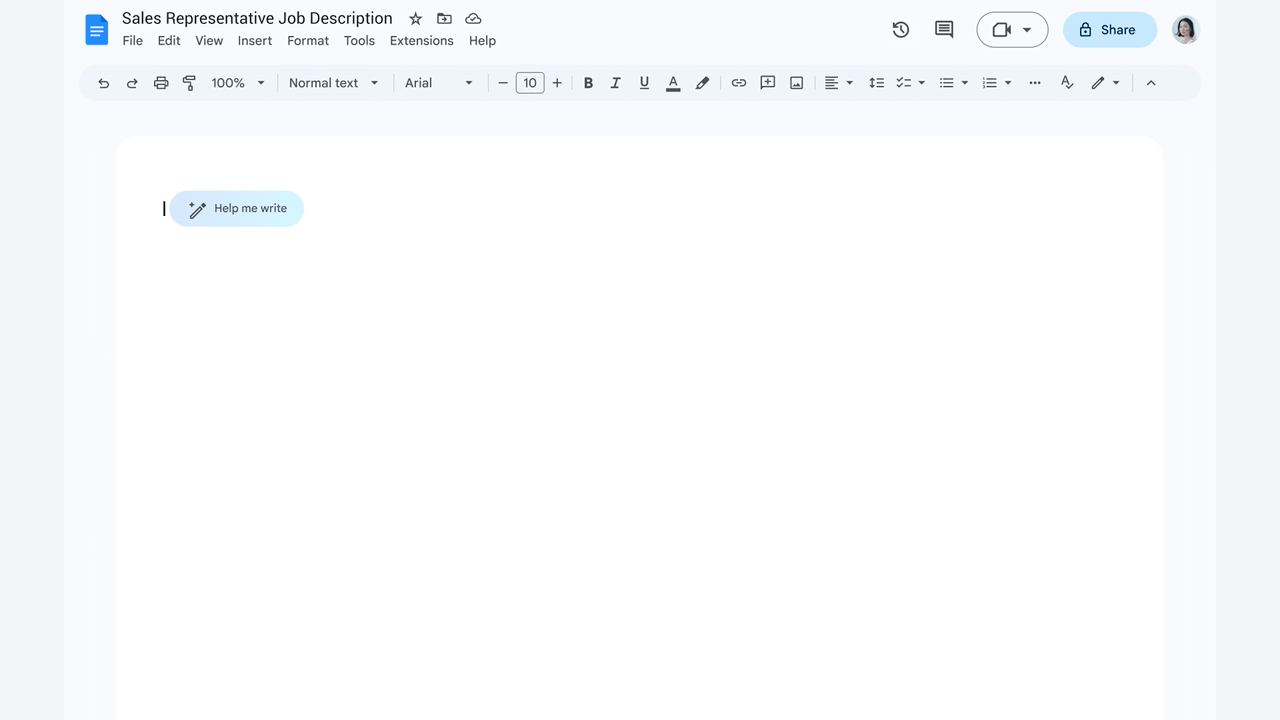
Help me Organise in Sheets
There’s a fine-tuned model for sheets-specific use cases being released within google sheets that can bring in information into a tabular-based format. We saw how we can ask Bard to generate a table for a dog walking business - it’s assumed that the information is taken contextually from the organisation’s files.
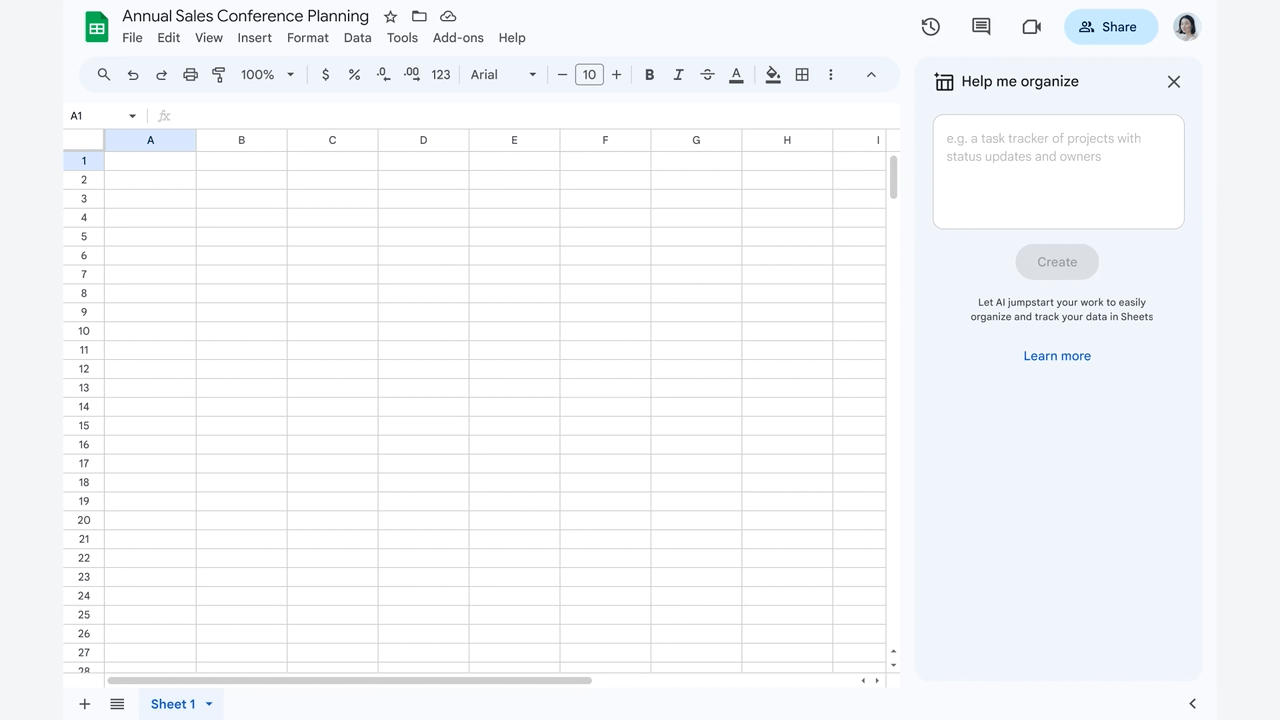
Help me visualise in Google Slides
We also get some image generation capability within Bard, too. “Help me visualise” is a system where you can synthesize images using an AI to bring images straight into Google Slides using generative AI.
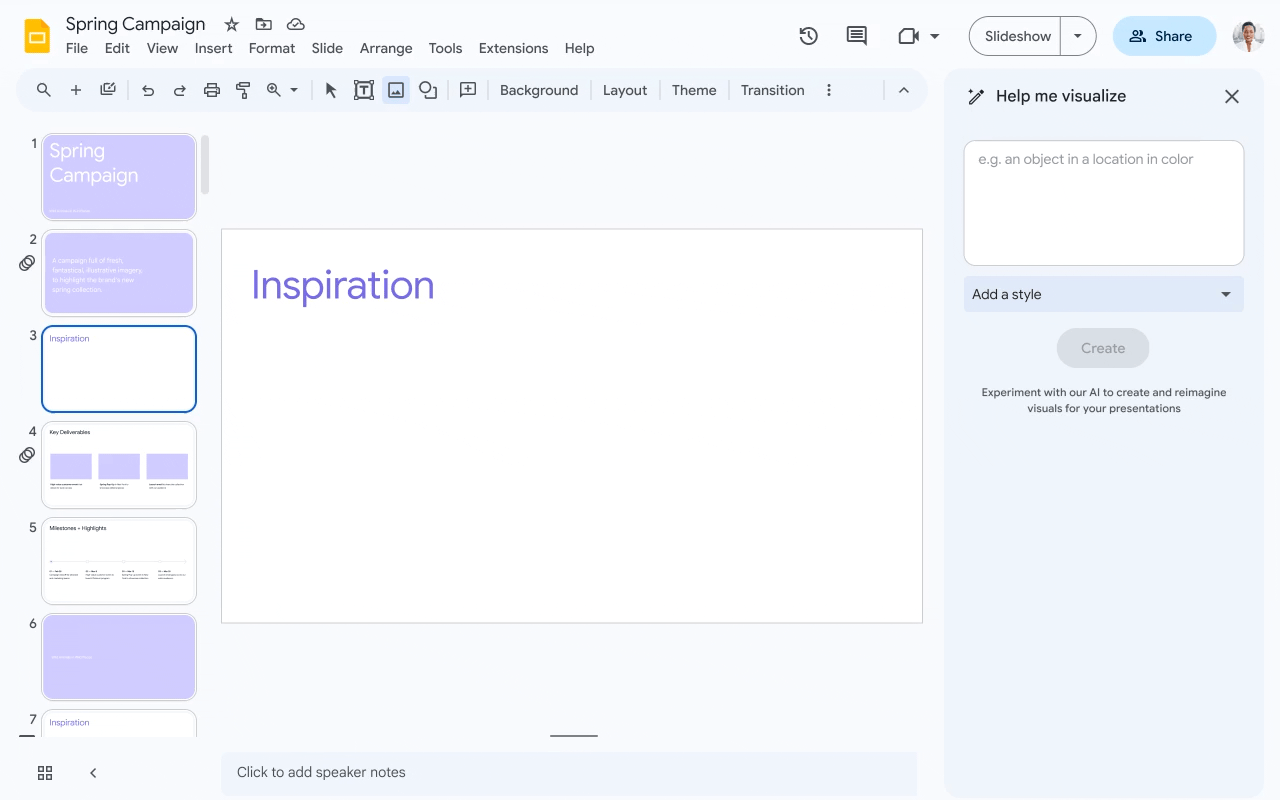
Generally speaking, Bard is getting an upgrade with PaLM 2!
If you’re a Bard, ChatGPT, NotionAI user, or just a general generative AI user, you’ll be glad to hear there will be some nice quality-of-life enhancements for Bard.
- We’re getting a dark theme!
- It’s generally getting way smarter.
- Image generation is coming using Adobe Firefly.
- You’ll be able to move Bard's responses straight into Gmail and Docs. Helpful if you’re drafting a reply to an email!
- You’ll be able to pipe a tabular response straight into Google Sheets.
- If you’re techy, you’ll be able to train on your own data using Bard Tools, and project Tailwind.
Project Tailwind
Project Tailwind hasn’t been announced specifically as a Workspace service, but it’s pretty cool nonetheless. The idea behind it is that it’s an AI-first notebook where you can upload your files, and the model will learn based on them. You can basically turn it into your own little AI.
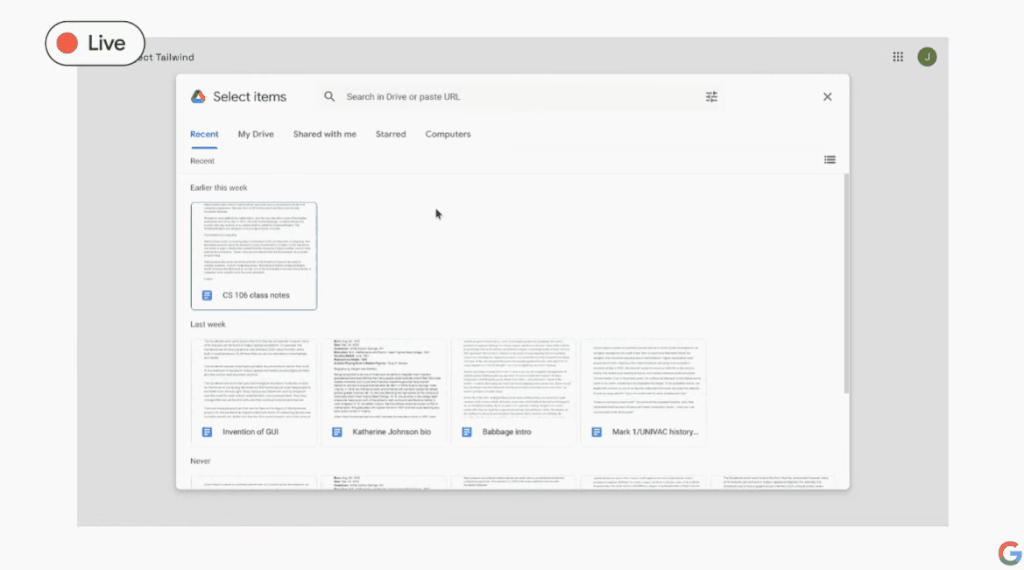
Super useful for anyone wanting to synthesise anything from your own sources.
So what now?
Well, we’re wanting to be on the forefront of this AI revolution, so we’ve prepared special training for organisations that would like to utilise these crazy new features from day 1. Drop your email below, and when these tools become available, we can empower your employees to use them.
